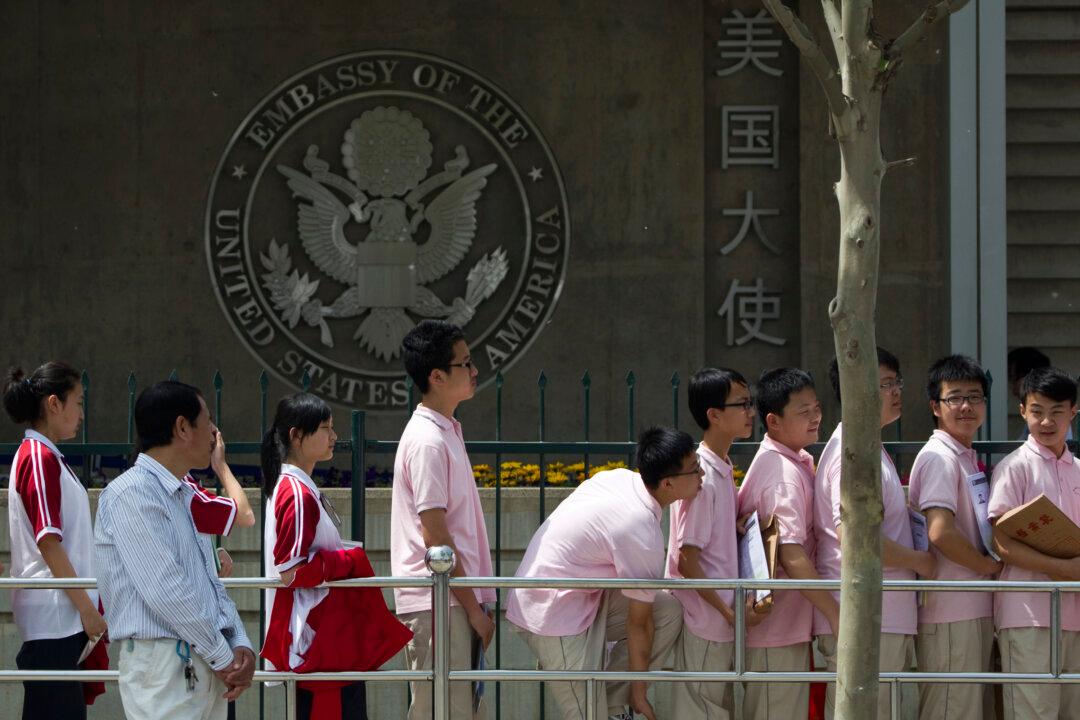As soon as the United States announced last week that it would lift travel restrictions with China and some other countries, airline ticket prices from China to the United States immediately went up by more than RMB 10,000 ($1,544) per ticket. It appears that neither the pandemic nor tensions between the two countries have dampened the enthusiasm of Chinese students wanting to come to the United States despite outrageously high air fares.
The U.S. State Department on April 27 announced that overseas students from many countries, including China, will be allowed entry into the United States for the fall semester starting Aug. 1, and that the entry date could be as many as 30 days before the start of the semester. This means that more than 300,000 Chinese students who were studying in the United States who have been stranded in China for one and a half years due to the CCP (Chinese Communist Party) virus pandemic, will finally be allowed to return, beginning in July.





